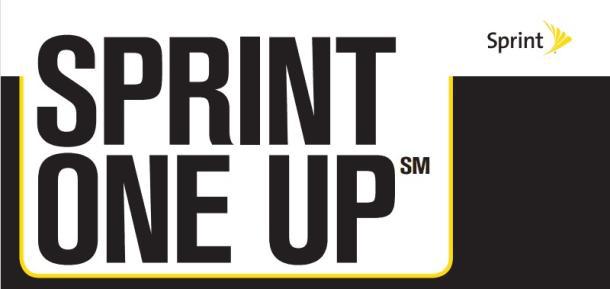Will Sprint’s New Early Upgrade Program Be Worth It?
 Earlier this summer, AT&T, Verizon Wireless, and T-Mobile each launched early upgrade programs in an effort to keep customers locked into their service without the regret of having to hold on to an old phone. Unfortunately, since those programs don’t do much, if anything, to bring down the monthly cost of phone service, we didn’t see the appeal. Sprint is reportedly set to join in the early upgrade fun, but is its program any better?
Earlier this summer, AT&T, Verizon Wireless, and T-Mobile each launched early upgrade programs in an effort to keep customers locked into their service without the regret of having to hold on to an old phone. Unfortunately, since those programs don’t do much, if anything, to bring down the monthly cost of phone service, we didn’t see the appeal. Sprint is reportedly set to join in the early upgrade fun, but is its program any better?
Sprint hasn’t publicly released information about the plan, dubbed One Up, but Cnet’s Roger Cheng has a screengrab and some details so that a general comparison can be made.
Like the other three services — AT&T Next, Verizon Edge, T-Mobile Jump — Sprint One Up requires customers to pay the full, unsubsidized price for their phone over the course of several installments. In this case, it’s 24 months with $0 down, reports Cnet. That part’s the same as Verizon Edge. T-Mobile Jump requires a down payment on the phone, while AT&T Next divides payments over a 20-month period.
While T-Mobile and Verizon allow customers to upgrade after only six months, it’s a 12-month upgrade period for Sprint One Up customers.
The one thing Sprint offers that the others do not is a monthly $15 discount on service. So if you get Sprint’s unlimited voice and data plan that is normally priced at $80/month, One Up customers only pay $65/month. Over the course of 12 months, that amounts to $180 savings.
Let’s try some math…
SUBSIDIZED SPRINT PLAN
Monthly plan: $80
Cost of subsidized phone: $199
Total cost after 12 months: $1,159
Total cost after 18 months: $1,639
Total cost after 24 months: $2,119
SPRINT ONE UP
Monthly plan: $65
Monthly phone charges: $27
Total cost after 12 months: $1,104
Total cost after 18 months: $1,656
Total cost after 24 months: $2,208
The One Up plan has a slightly higher start-up fee because the customer is charged tax on the full value of the phone, whereas the customer with the subsidized phone only pays tax based on the discounted price.
We include the 18-month and 24-month total costs because some people don’t act on upgrades as soon as they possibly can, and some completely lose track of time or forget they have the option at all.
Regardless, the numbers do seem to indicate that the $15/month discount means there isn’t that much of a price difference between the two plans. Even if a One Up customer sticks it out to 18 or 20 months, they have not gone terribly far in the red column.
According to Cnet, current Sprint customers who are at least one year into their contract will be eligible to switch to One Up when it launches later this week.
There might be more to this plan than meets the eye, so we’re reserving final judgement until after the full details are released by Sprint. But based on the data that is currently available, this is the only one of the upgrade options that does not seem to penalize customers who are willing to go out of pocket and pay full price for their phones.
Want more consumer news? Visit our parent organization, Consumer Reports, for the latest on scams, recalls, and other consumer issues.

